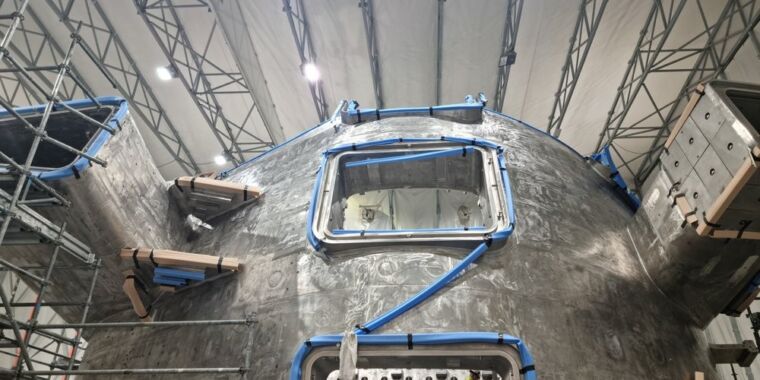On Tuesday, the people managing the ITER experimental fusion reactor announced that a combination of delays and altered priorities meant that its first-of-its-kind hardware wouldn’t see plasma until 2036, with the full-energy deuterium-tritium fusion pushed back to 2039. The latter represents a four-year delay relative to the previous roadmap. While the former is also a delay, it’s due in part to changing priorities.
COVID and construction delays
ITER is an attempt to build a fusion reactor that’s capable of sustaining plasmas that allow it to operate well beyond the break-even point, where the energy released by fusion reactions significantly exceeds the energy required to create the conditions that enable those reactions. It’s meant to hit that milestone by scaling up a well-understood design called a tokamak.
But the problem has been plagued by delays and cost overruns nearly from its start. At early stages, many of these stemmed from changes in designs necessitated by a better and improved understanding of plasmas held at extreme pressures and temperatures due to better modeling capabilities and a better understanding of the behavior of plasmas in smaller reactions.
The latest delays are due to more prosaic reasons. One of them is the product of the international nature of the collaboration, which sees individual components built by different partner organizations before assembly at the reactor site in France. The pandemic, unsurprisingly, severely disrupted the production of a lot of these components, and the project’s structure meant that alternate suppliers couldn’t be used (assuming alternate suppliers of one-of-a-kind hardware existed in the first place).
The second problem relates to the location of the reactor in France. The country’s nuclear safety regulator had concerns about the assembly of some of the components and halted construction on the reactor.
High energy from the start
During the re-evaluation of the schedule that these delays would necessitate, the organization that manages ITER re-assessed some of its priorities. The previous schedule would have seen getting plasma into the machine prioritized, seeing relatively low-energy hydrogen plasmas put into the machine before all of the final hardware was complete. This would necessitate an extended shutdown after initial experiments before the reactor could be used at progressively higher energies, using more potent deuterium and deuterium/tritium plasmas.
In the previous schedule, the low-energy, hydrogen-only plasmas would have started testing in 2025, a target date that the delays have made completely unrealistic. Instead, they’ll now happen in 2034. However, rather than being a set of brief demonstrations, these experiments will continue for over two years and reach much higher energies. So, while having plasma in the machine will be delayed by nearly a decade, the system’s magnets will reach power only three years later than expected under the previous plan.
Full power operations using a deuterium/tritium fuel mix will be set back by four years. Even if this new schedule is kept, however, that won’t be until 2039.
So, we’re looking at 15 years even if there are no further delays. But the potential for said delays likely went up, as the announcement indicates that ITER will be switching to a different material (from beryllium to tungsten) for the construction of the inner wall that faces the plasma. This will be more relevant since many other projects, including commercial fusion startups, are planning on using tungsten. But it may still add a new suite of technical and manufacturing delays.
The risk for ITER, however, is that all of these delays cause some of the nations that are supporting the project to back out. Or, if some of the commercial fusion startups that have launched would have it, create the risk that fusion will already be here by the time ITER is ready to run.

Robert Johnson is a UK-based business writer specializing in finance and entrepreneurship. With an eye for market trends and a keen interest in the corporate world, he offers readers valuable insights into business developments.








